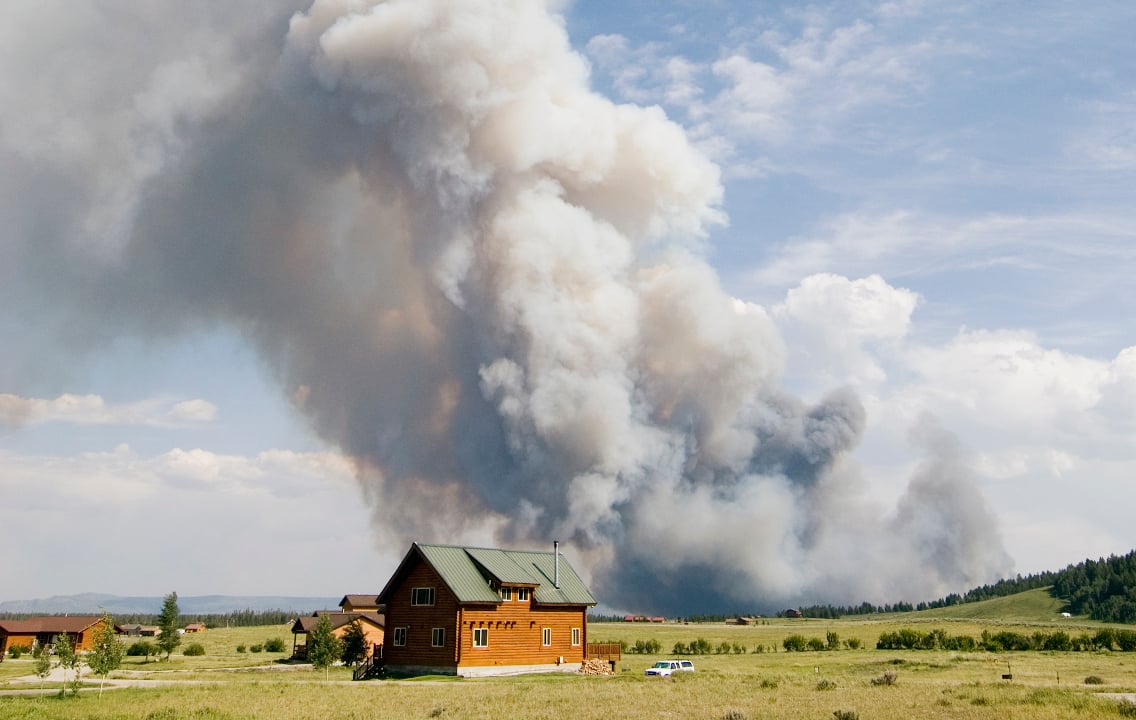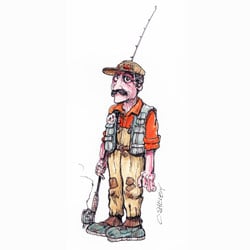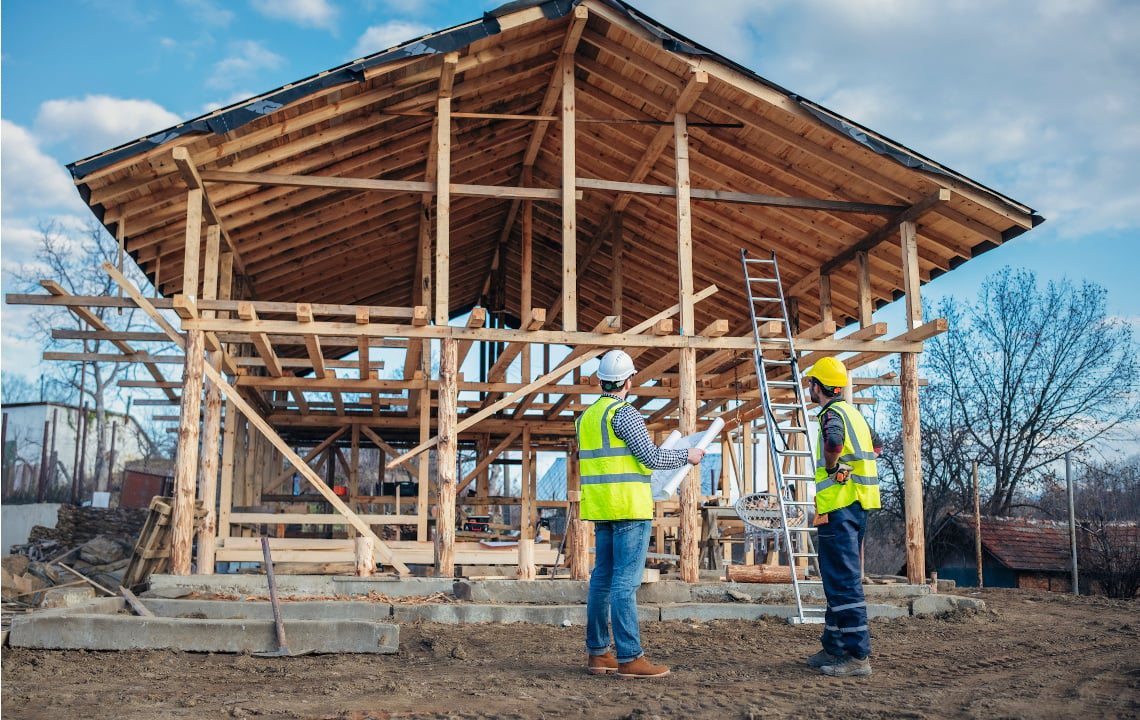This year's dry summer and fall have many landowners thinking about wildfires. Fortunately, there is much you can do to reduce your home's risk of succumbing to a fire. Here, a forester shares proactive ways you can protect your home.
Years ago, while studying forestry at Virginia Tech, I volunteered to join a group of students who could be called up to fight wildfires. Forest Service professionals trained us and provided our equipment.
One fall afternoon, the call came in that we were needed in western Virginia where fires threatened to enter the national forest. Arsonists had set about two dozen fires, and we were brought in to build fire lines around those closest to the national forest.
It was a cool October night, and the fires were burning slowly. We had started around 10 p.m. using fire rakes and cutting tools to create a three-foot-wide break ahead of the fire.
By morning, after a night of hacking brush and scraping leaves to get to bare dirt, we were worn out and looking forward to a hearty breakfast.
Our pick-up point was on a road across the state line, our official boundary of employment.
As we walked out of the woods to the road, we saw a house on the other side with a fire burning steadily toward it. No one was home and given the trajectory, it appeared at risk.
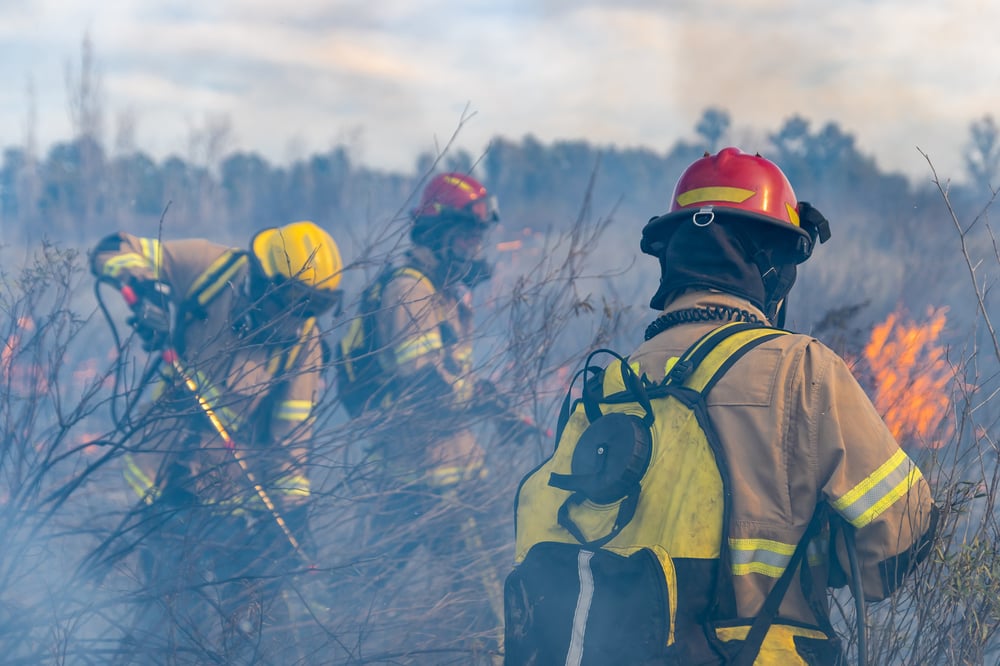
Despite being officially out of our territory, we provided a little voluntary help and quickly built a fire line around the home.
By the time our ride arrived, the fire had reached the fire line and stopped short of the house.
Fifty years later, I’m now writing from a cabin surrounded by trees and thinking about that house we built the fire line around. Should a fire break out here, how do I best protect my home?
Fire damage is a real hazard across the United States. For example, according to data from the NC State College of Natural Resources, 2015 was one of our most extensive wildfire seasons. That year, more than 10 million acres burned in the U.S., and the resulting damage exceeded $3 billion.
They also note that in the Southeast, wildfires typically are more prevalent in late fall and early winter, though sometimes early spring conditions can create opportunities for wildfires.
How To Protect Your Home From Wildfires
Foresters are taught that wildfires require fuel, oxygen and heat to exist.
Of these three, the one we can more readily manage to protect our homes is fuel.
The National Fire Protection Association (NFPA) is a nonprofit organization dedicated to the prevention of property and human loss due to fire and related hazards. They recommend that you think about the area around your home in zones.
1. The Immediate Zone ranges from 0-5 feet from your house.
Since the goal is to prevent fire or embers from touching flammable surfaces, they recommend eliminating anything combustible in this area.
Among their suggestions are items such as:
- Clearing roofs and gutters of dead leaves and debris,
- Removing flammable materials
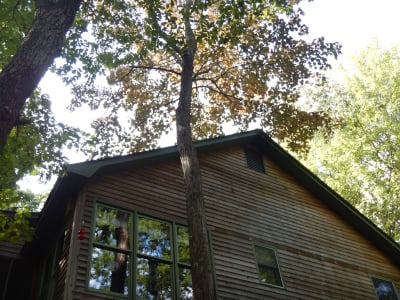 adjacent to the walls like firewood, mulch or pinestraw,
adjacent to the walls like firewood, mulch or pinestraw, - And cleaning any debris from beneath porches and decks.
2. The Intermediate Zone ranges from 5-30 feet around your house.
In this area, the NFPA suggests creating breaks that diminish the fire’s ability to burn. This can be done by using creeks, walkways or paths as natural fire lines.
Also, in this zone, they advise that you consider ways fire can reach the crowns of trees and eliminate them.
These may include pruning low branches or removing vines that climb the trees.
In addition, the NFPA suggests giving thought to the density of shrubs and other potential fuel in the Intermediate Zone. Limiting this growth to small clusters will slow the spread of the fire.
3. The Extended Zone ranges from 30-100 feet around your house.
Here, the NFPA suggests managing the area to keep flames smaller and on the ground. This can be accomplished by removing dead trees and disposing of heavy accumulations of ground litter.
Landscaping Considerations to Prevent Wildfire Damage
If you’re considering landscaping in these zones, it’s worth noting that not all plants are equally flammable.
None are fireproof, but some are less flammable than others.
The NC State Extension offers a list of plants rated for their flammability here.
I would also discourage the use of pine straw in landscaping, which is highly flammable.
This list can be useful in selecting those that are most appropriate based on their proximity to your home. 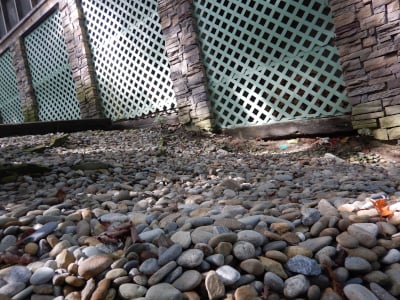
4 Ways to Improve Your Home's Fire Protection this Winter
Each winter, I take advantage of the cool weather to improve the fire protection around my cabin.
Here are some of the things I have done that may apply to your home situation, in addition to the tips given above:
- Remove any low shrubs near the house that trap the dry leaves from the surrounding trees. These dry leaves and shrubs could create potential bonfires.
- Trim branches that extend toward the roof.
- Create potential firebreaks. At my place, I've positioned these downhill from my cabin.
- Acquire enough water hoses to extend to any side of the house.
Though it requires annual maintenance, my cabin is slowly but surely becoming better protected from wildfires.
You just never know if a volunteer group of college firefighters will be on hand when you need them.


